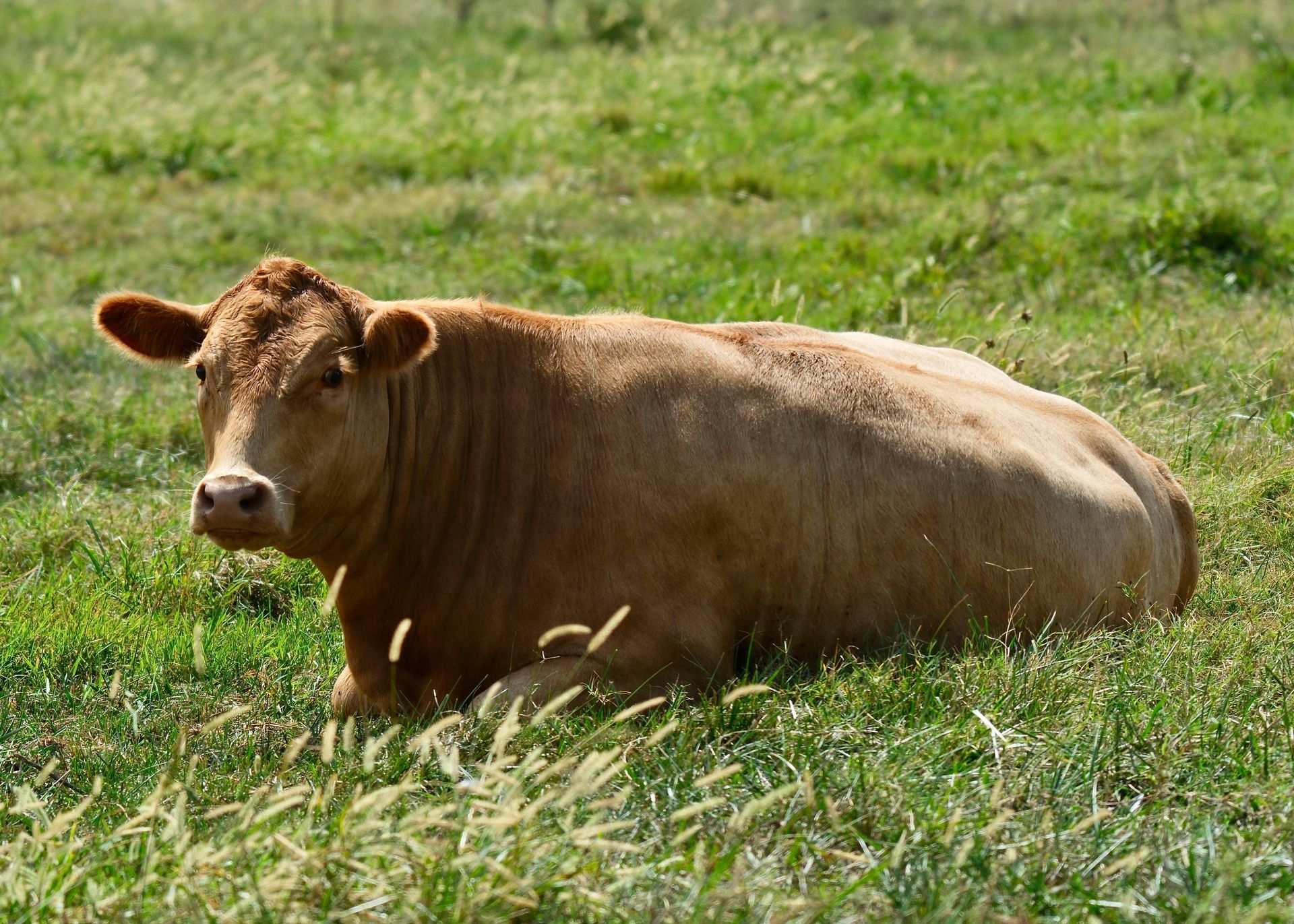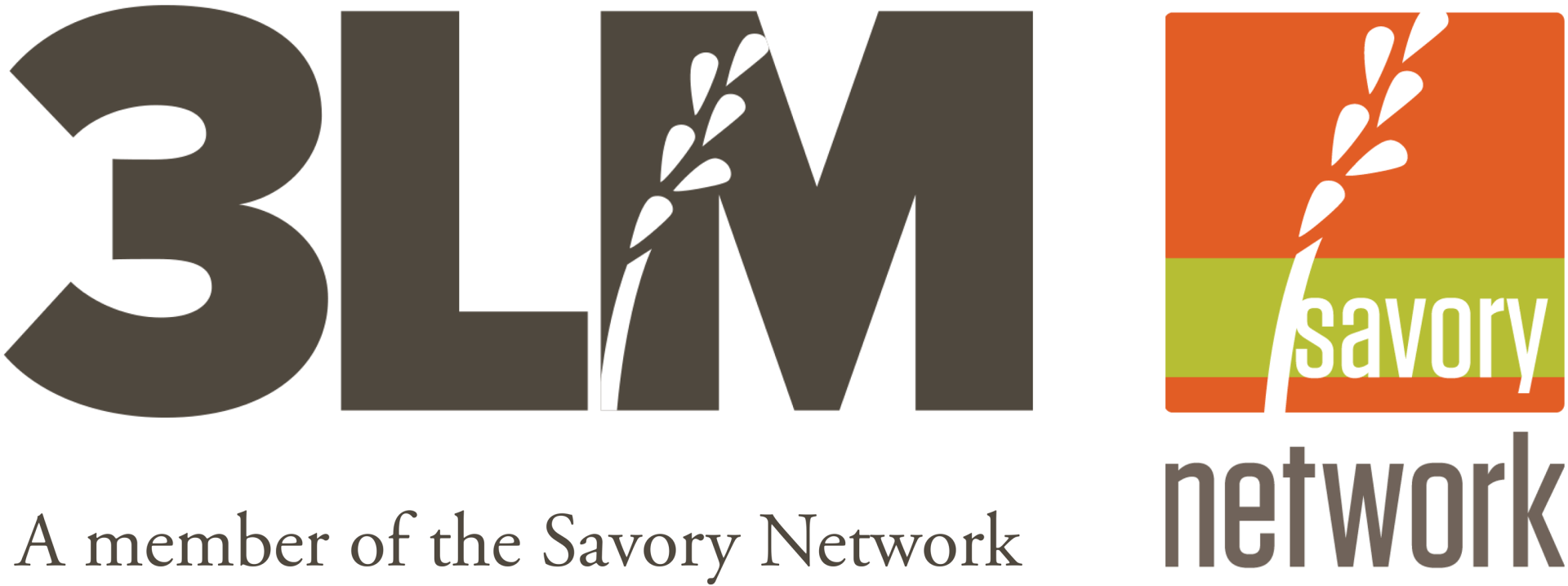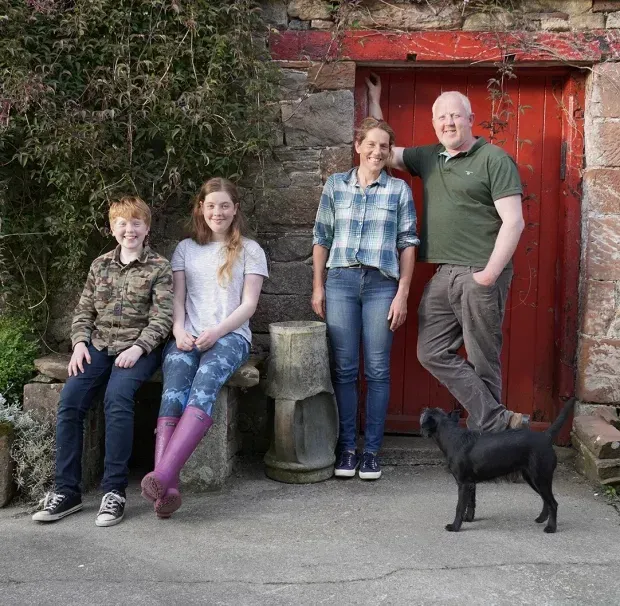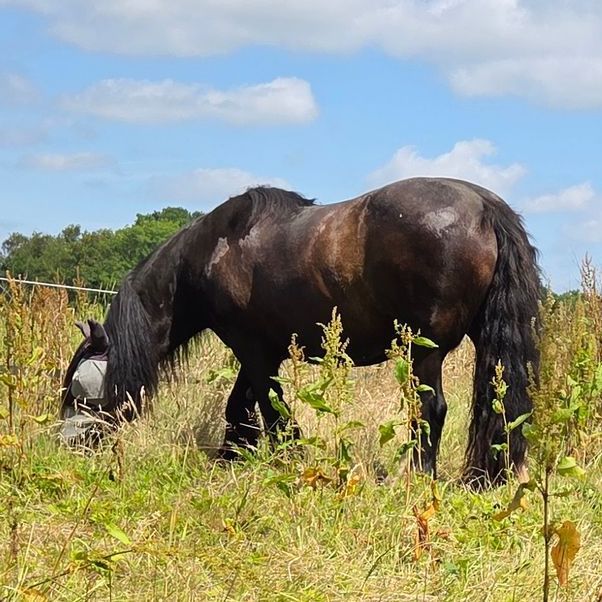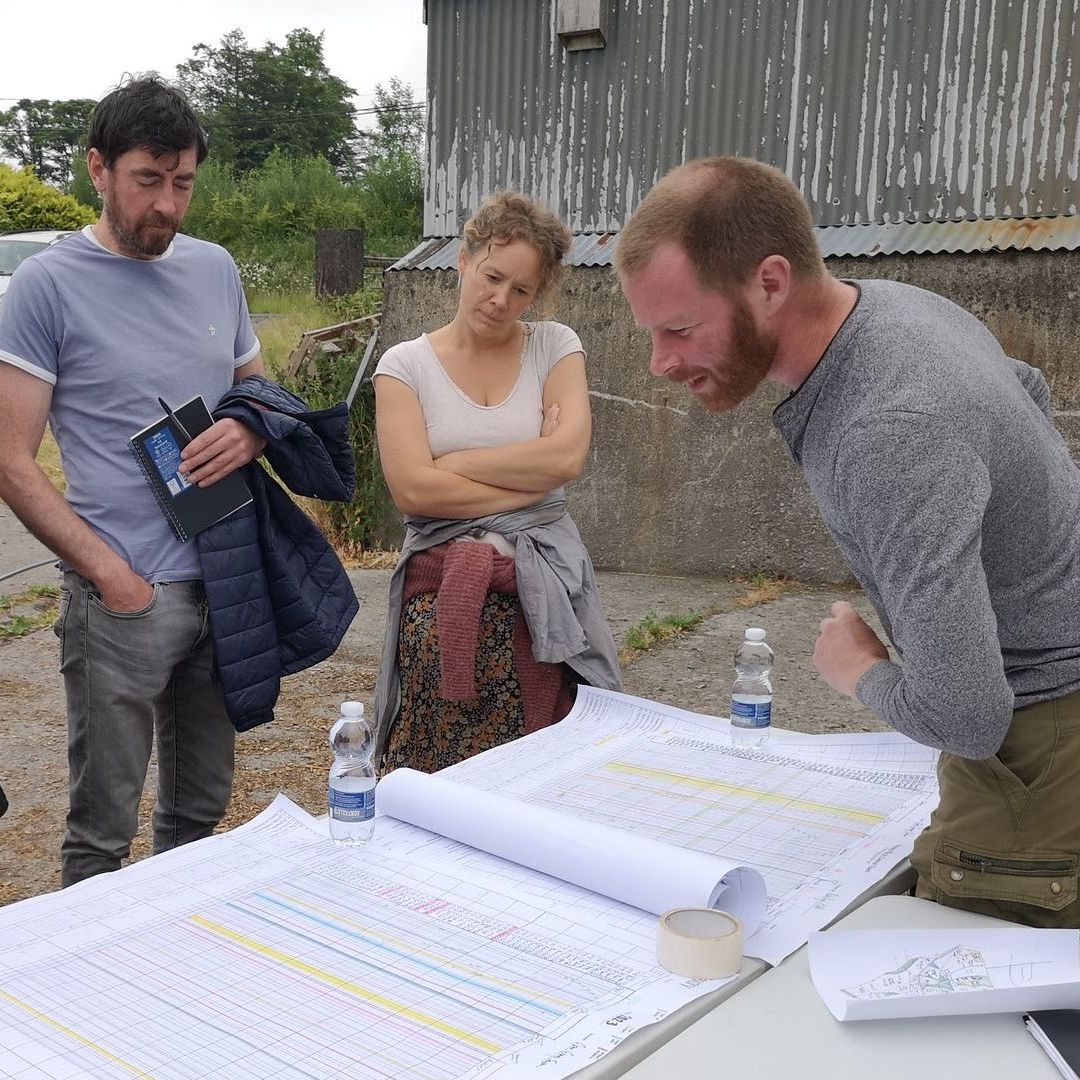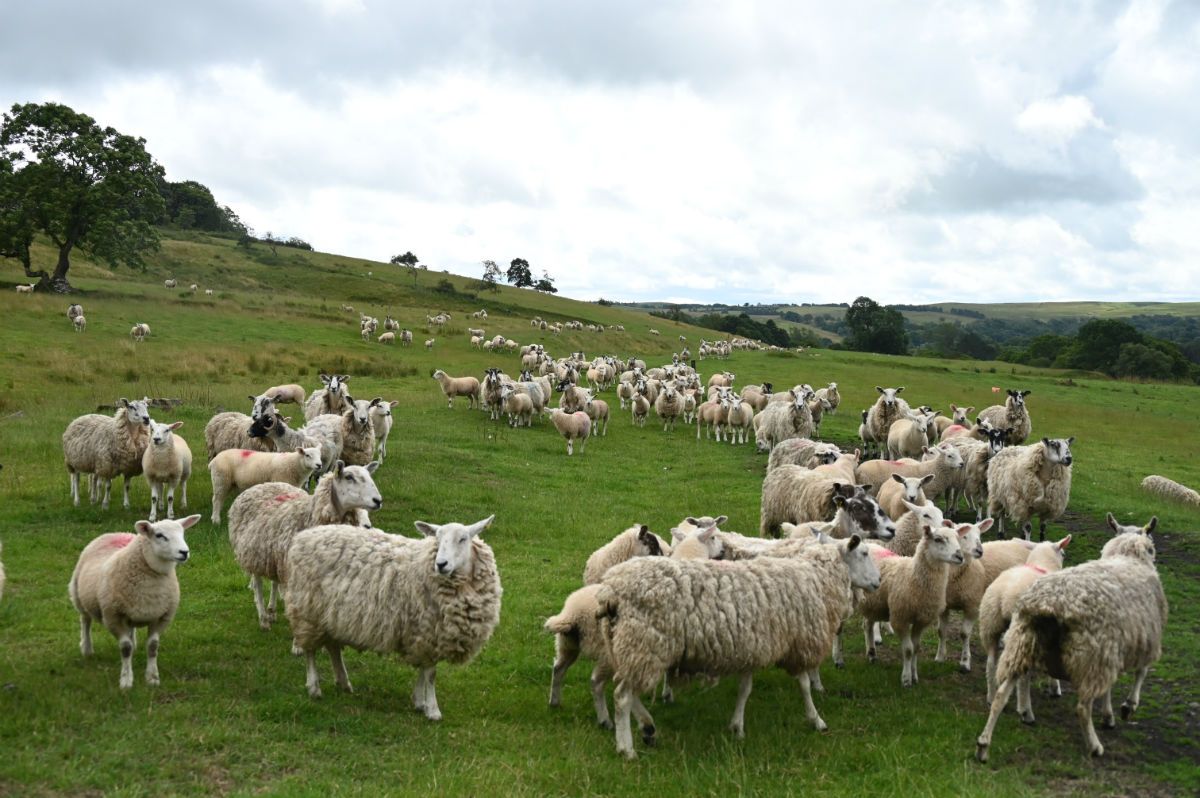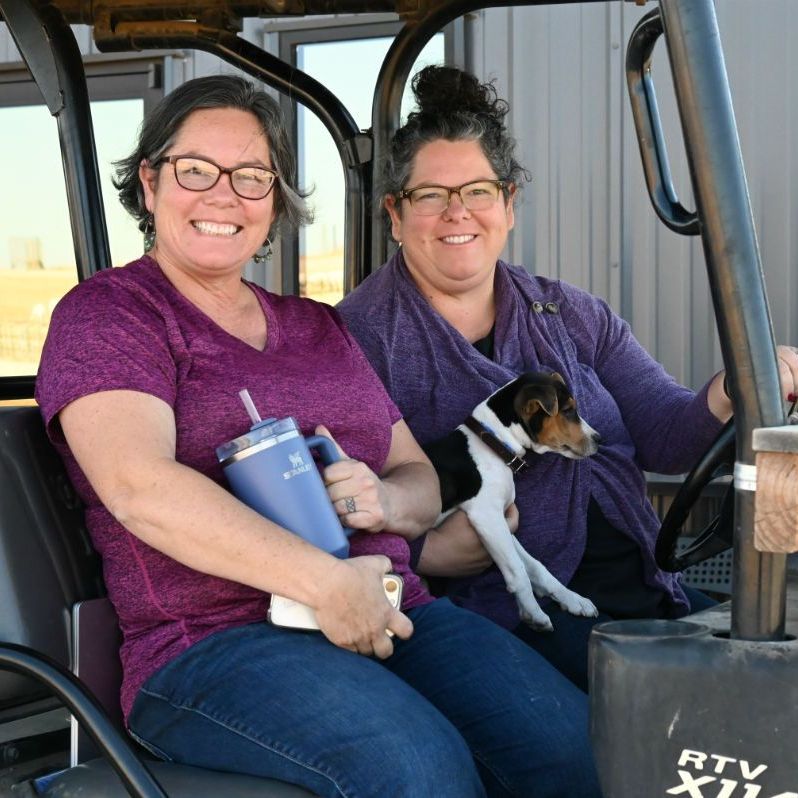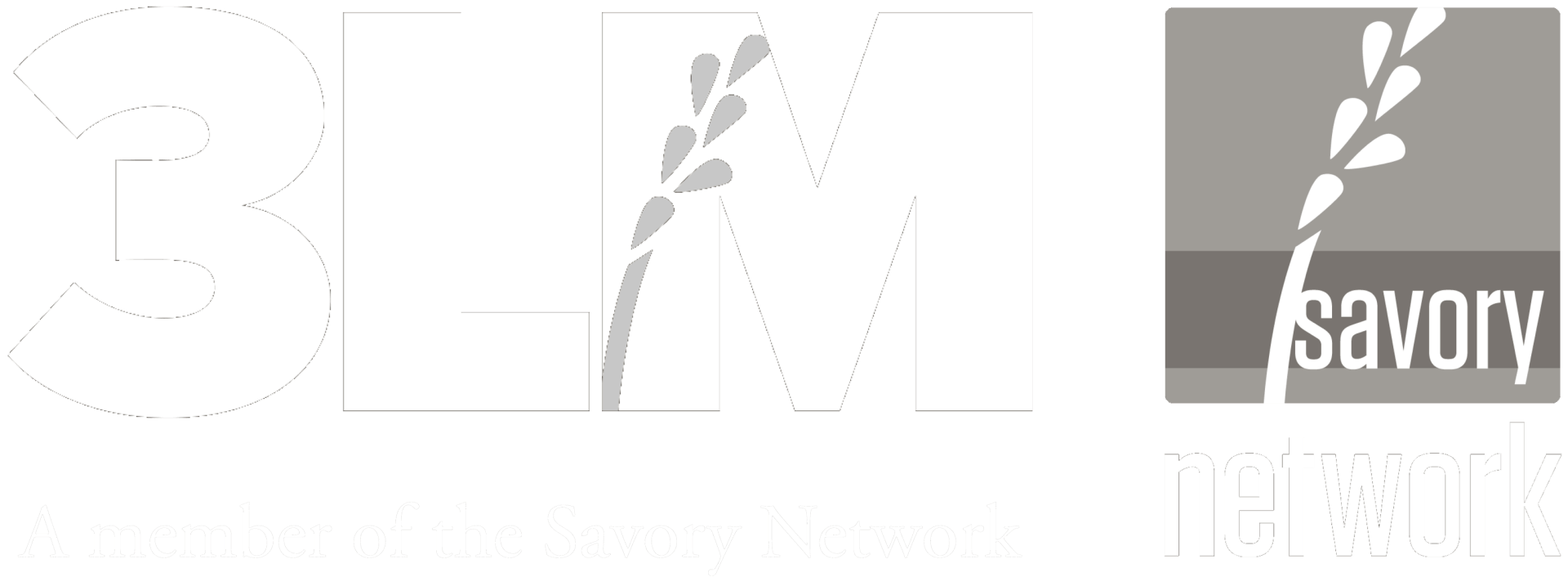Stardust to Soil
How ancient Amazonian farmers mastered the Mineral Cycle and what we can learn from them

Image above shows the surprisingly thin yellow native soil of the Amazon. The reason for the high biodiversity is that above ground conditions being wet and warm allow for a rapid cycling mineral cycle as decomposition is fast and effective
The minerals in our soil have a cosmic origin.
Every atom of phosphorus, iron, and calcium essential for life was forged in the heart of dying stars, scattered across the universe in supernova explosions, and eventually coalesced into Earth. Over billions of years, these elements became the building blocks of rock, then weathered into soil, where they entered the grand cycle of life.
But minerals don’t just move passively through the Earth’s systems. Humanity, far from being a mere consumer of resources, has often acted as a keystone species, shaping ecosystems in ways that enhance biodiversity and soil fertility. Nowhere is this clearer than in the Amazon rainforest, where Indigenous civilizations engaged in a remarkable, large-scale transformation of the mineral cycle, leaving behind a legacy that challenges conventional notions of human impact on nature.
Terra Preta: The Engineered Earth of the Amazon
For centuries, the Amazon was thought to be a pristine wilderness, largely untouched by human hands. But beneath the dense canopy lies evidence of an ancient agricultural revolution: terra preta, or “dark earth,” a human-made soil that remains fertile even after thousands of years. Unlike the surrounding nutrient-poor rainforest soils, terra preta is rich in charcoal, bone, broken pottery, and organic matter—signs of deliberate human enrichment.
The Indigenous peoples of the Amazon didn’t merely extract resources; they improved the land’s ability to sustain life. By adding charcoal (biochar), they created a stable carbon matrix that retained moisture, prevented nutrient leaching, and fostered a thriving microbiome. This transformed the mineral cycle, allowing nutrients to be stored and cycled more efficiently, leading to more productive and resilient ecosystems.
Humans as a Beneficial Keystone Species
The creation of terra preta wasn’t an isolated act of soil improvement—it was part of a broader pattern of ecological engineering. The ancient Amazonian peoples cultivated orchards, managed diverse food forests, and selectively planted useful species, effectively increasing biodiversity rather than depleting it. Rather than the "wilderness" Europeans later perceived, the Amazon was, in many areas, a human-influenced garden teeming with life.
This challenges the common narrative that human intervention is inherently destructive to ecosystems. Instead, the Indigenous practices of biochar application, plant selection, and mineral recycling demonstrate how humans can enhance soil fertility, water retention, and biodiversity through intentional design.
The Cosmic and Ecological Continuum
From a cosmic perspective, this process is part of a grand continuity. The minerals in terra preta—calcium from fish bones, phosphorus from ash, iron from the soil—originated in exploding stars, traveled through geological processes, and were then recycled by human hands into a life-supporting system.
The lesson of terra preta is one of co-creation with nature. Just as stars transform simple elements into complex molecules that sustain life, ancient farmers transformed poor soil into a thriving, regenerative system. This is what Holistic Management seeks to replicate today—understanding the cycles of nature, not as static processes, but as systems that can be enhanced through thoughtful, long-term stewardship.
By reintroducing biochar, diversifying cropping systems, and working with rather than against natural cycles, modern land stewards can restore mineral balance, rebuild degraded soils, and regenerate ecosystems that sustain life. In essence, they are calling the minerals home, just as the Indigenous Amazonians did, and just as the cosmos has done since the birth of the universe.
Reclaiming Our Role in the Mineral Cycle
If humanity has the power to degrade ecosystems, it also has the power to heal them. The mineral cycle—like the water cycle—is not something that happens to us but something we are part of.
The ancient Amazonian farmers didn’t extract nutrients and leave deserts in their wake; they designed abundance, feeding not only themselves but entire ecosystems. Today, as we face soil depletion, biodiversity loss, and climate instability, their legacy offers a powerful vision: a future where humans are not separate from nature, nor its adversaries, but its caretakers and collaborators.
Like the stardust that became Earth, and the Earth that became life, we too are part of a great cycle. The question is—how will we shape it?

The History of Terra Preta
Terra Preta ("black earth") was first documented in the 1950s by Dutch soil scientist Wim Sombroek, who discovered patches of exceptionally fertile soil scattered throughout the Amazon rainforest—an area otherwise known for its poor, nutrient-deficient soils.
He detailed his findings in the 1966 book Amazon Soils. Since then, similar pockets have been identified in Ecuador, Peru, Western Africa (Benin and Liberia), and the South African savannas. Carbon dating suggests these soils date back between 1,780 and 2,260 years.
Terra preta is exclusively found in areas where ancient human settlements once existed, indicating that it is an artificial, human-made soil predating European contact in South America. It is enriched with essential minerals such as phosphorus, calcium, zinc, and manganese, but its defining component is charcoal, which gives it its distinctive black color.
There is ongoing debate about whether the indigenous peoples of the Amazon intentionally created terra preta or if it resulted unintentionally from "slash and smolder" agricultural techniques. However, the prevailing theory suggests it was deliberately engineered, with early European explorers documenting similar soil-enriching practices still in use.
The key to terra preta’s remarkable fertility lies in the activated carbon within the charcoal. This material has a highly porous, sponge-like structure, with a single gram containing a surface area of 500 to 1,500 square meters—equivalent to one to three basketball courts. Its presence in the soil provides multiple benefits, including a 20% increase in water retention, enhanced mineral retention and availability, and a boost in microbial activity.
Additionally, terra preta has been found to support arbuscular mycorrhizal fungi, which form symbiotic relationships with plant roots, improving nutrient absorption. Some researchers speculate that these fungi may play a role in the soil’s unique ability to seemingly regenerate over time.
